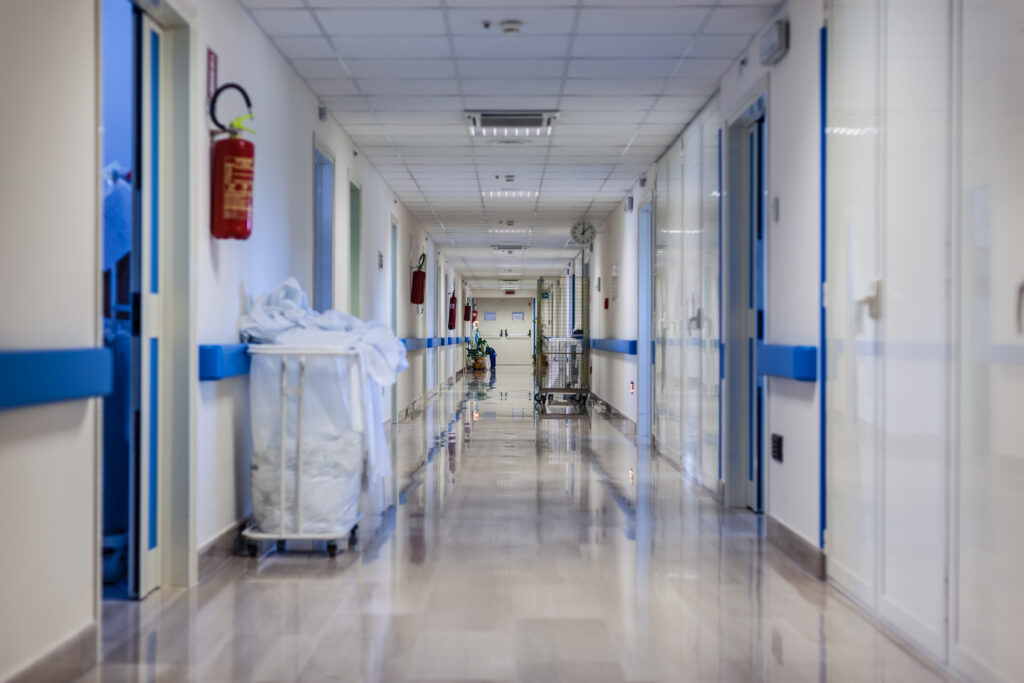Hospitals run on precision. From emergency rooms to operating rooms, every detail matters, especially when it comes to security. For hospital administrators, peace of mind doesn’t come from cameras on every wall or buzzers on every door. It comes from knowing those systems talk to each other, work in concert, and help protect everything from newborns to medical records.
Healthcare facilities see more than just high foot traffic. They see unpredictable situations, stressed families, time-sensitive emergencies, and an ever-changing mix of patients, staff, and contractors. With so much in motion, keeping everyone safe isn’t about reacting fast; it’s about being prepared for incidents before they happen.
That’s where integrated security solutions prove their worth. Instead of juggling separate systems for video surveillance, access control, intrusion detection, and emergency alerts, many hospitals now turn to platforms that unify everything into one interface. This kind of intelligent security management doesn’t just simplify workflows; it helps administrators spot potential issues before they become real problems.
Take VMS software, for example. A modern VMS goes beyond storing video feeds. It helps security teams monitor patient wards, pharmaceutical storage, and emergency exits in real time, often with smart features like motion tracking or automated alerts. And when combined with a Physical Security Information Management (PSIM) system, those video feeds can sync with access logs, incident reports, and badge reader data, giving decision-makers a full picture of what’s happening, when, and where.
The benefit isn’t just tighter security. It’s smoother coordination across departments. Imagine a visitor tries to enter a restricted surgical wing. Instead of just a silent alarm that goes off, the integrated system notifies security, shows live video of the attempt, and logs the access failure, all in one place. At the same time, staff can view that information from a mobile device, escalate the response if needed, or use pre-set response protocols to act quickly. That’s the kind of clarity hospitals need.
Time is another factor administrators can’t afford to waste. Dispatch and response platforms like NowForce give hospitals the speed and precision they need when every second counts. By connecting dispatchers, security teams, and first responders through real-time data, NowForce ensures the right people reach the scene without delay. With geo-fencing, live video sharing, and continuous personnel tracking, it delivers sharper awareness of unfolding events and helps direct resources where they are needed most. Whether preventing unauthorized access or responding to a medical emergency, it keeps communication lines clear and decisions fast, ensuring staff can act with confidence in critical moments.
As healthcare facilities grow and evolve, scalability becomes just as important as security itself. A hospital that adds a new wing or installs new monitoring devices can’t afford to start from scratch. With the right VMS and PSIM systems, administrators can fold in new cameras, access points, or sensor networks without reengineering the entire operation.
Of course, protecting physical spaces is only half the job. Hospitals also safeguard some of the most sensitive data in existence — patient histories, medication records, surgical notes. With today’s connected systems, physical and cyber security must operate hand in hand. Integrated platforms support this need by collecting real-time and historical data, improving visibility, and helping institutions meet legal and privacy requirements without extra manual effort.
Ultimately, the goal isn’t to complicate hospital security; it’s to simplify it. When everything runs through one intelligent platform, security teams spend less time chasing down problems and more time ensuring smooth operations. That’s how administrators get the peace of mind they need to focus on what really matters: delivering quality care and keeping people safe.
Ready to start on the path to real peace of mind for your healthcare facility? Continue reading here.




